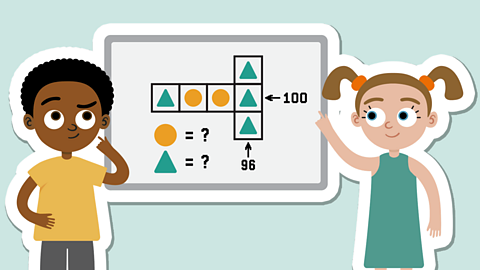What is a number sequence?
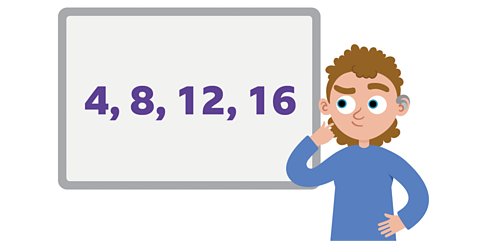
A pattern or a sequence is a set of numbers that are connected in some way. All sequences have a rule.
For example, sometimes the numbers might count on by 5 each time, other times they might be doubled.
Some sequences are easier to spot than others. If you can spot the rule, you can work out the pattern.
The numbers in the sequence are called terms.

Activity: Understanding number sequences
Complete this interactive activity to understand how to use number sequences. Then put your knowledge to the test.
What does a number sequence look like?
A number sequence is a set of numbers connected in some way.
Number sequences can contain numbers that increase or decrease by a step or set amount each time.
Take a look at this number sequence.

Look at the difference between the terms in the sequence. Can you see the difference between each term is 6?
12 - 6 = 6
18 - 12 = 6
24 - 18 = 6
Therefore, the rule is +6.
If the pattern continues the next term will be:
30 + 6 = 36
The next number is 36.

However, number sequences don’t always increase by the same amount each time.
Let’s look at another one.

If you can work out the rule that the sequence is using, you can continue the sequence or even find missing numbers.
The first step is to look at the difference between each pair of numbers in the sequence.
The difference between each pair of terms is a different amount each time.
3 – 1 = 2
6 - 3 = 3
10 – 6 = 4
15 – 10 = 5
If the pattern continues, then the next difference will be +6, meaning that the next term is 21 (15 + 6).

Example 1
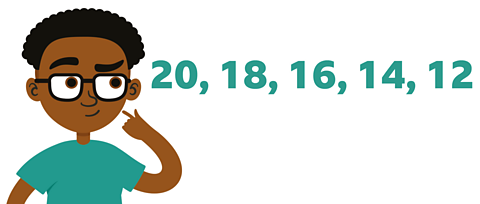
Here is a number sequence. What is the rule?
✓ The rule is to subtract 2 each time.
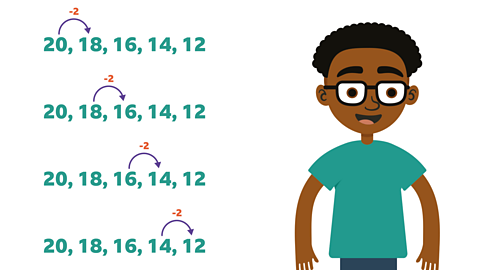
Example 2

Here is a number sequence. What are the next three terms?
✓ The rule is to subtract 6 each time.
The number sequence is decreasing by the same about each time.
The next three terms are 54, 48 and 42.
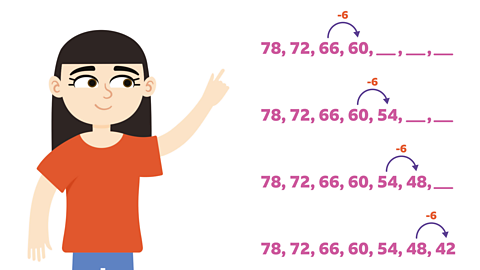
Example 3
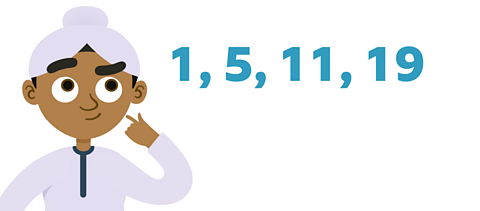
Here is a number sequence. What is the next number in the sequence?
✓ The next number in the sequence is 29.
Look at the difference between the 1st and 2nd terms.
The difference is 4.
Now look at the difference between the 2nd and 3rd terms.
The difference is 6.
Finally look at the difference between the 3rd and 4th terms. This time it is 8. The difference is increasing by 2 each time.
The next term will be 10 more than the term before making the next number in the sequence 29.
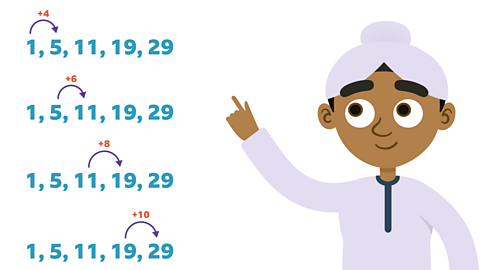
Play Guardians: Defenders of Mathematica to get ready for SATs. gamePlay Guardians: Defenders of Mathematica to get ready for SATs.
In this game, use the times tables and more maths skills to defeat monsters and reclaim the Kingdom.

More on Problem solving
Find out more by working through a topic
- count3 of 3

- count1 of 3
